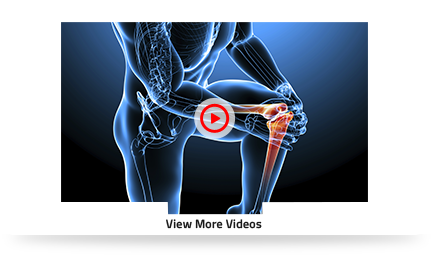Scaphoid Fracture
The scaphoid bone is a small, boat-shaped bone in the wrist, which, along with 7 other bones, forms the wrist joint. It is present on the thumb side of the wrist causing it to be at a high risk for fractures. A scaphoid fracture is usually seen in young men aged 20 to 30 years. They can occur at two places: near the thumb or near the forearm.
Causes
Scaphoid fracture occurs due to a fall on an outstretched hand with complete weight falling on the palm. This fracture usually occurs during motor accidents or sports activities.
Symptoms
Symptoms of a scaphoid fracture include pain and swelling at the site of injury (base of the thumb and forearm). There is usually no deformity at the site of the fracture, hence it may be mistaken for just a sprain. Bruising is also a very rare symptom of the fracture. There are chances that the patient might not be aware of the fracture for months or even years after the fall as the pain generally improves in a few days.
Diagnosis
Scaphoid fractures are diagnosed by X-rays; however, a non-displaced fracture does not show up on an X-ray when it is taken as early as the first week. Hence, your doctor will test for tenderness at the site of the scaphoid bone to detect the fracture. Your doctor will also advise you to use a splint and avoid lifting anything heavy for a few weeks and then order another X-ray to check for visibility of the fracture. Sometimes, an MRI scan, CT scan or bone scan can also be ordered to confirm the diagnosis of the scaphoid fracture.
Treatment
Treatment for scaphoid fracture is based on the site of the fracture i.e. the fracture near the thumb or near the forearm.
Non-surgical Treatment: Your doctor will suggest non-surgical treatment when the scaphoid fracture is not displaced. Non-surgical treatment involves immobilization of the forearm, hand and/or thumb in a cast. It might also include the elbow in case of fractures near the forearm. The time taken for the fracture to heal ranges from 6 – 10 weeks. Fractures near the thumb take relatively less time to heal when compared to fractures near the forearm, as the blood supply necessary for healing is better near the thumb.
Surgical Treatment: Surgical treatment may be suggested when the fracture is displaced or is present closer to the forearm. In surgical treatment, an incision is made either in the front or back of the wrist. Your surgeon will use screws and wires to hold the scaphoid bone in place as it heals. If the bone is broken into more than 2 pieces, bone graft (graft usually taken from the forearm or hip) may be used to help in the healing process.
Following surgery, your hand will be placed in a splint or cast until it completely heals. Until then, you will be advised by your doctor to avoid contact sports and not to lift, throw, push or pull heavy weights with the injured arm. During recovery, you will be given physical therapy and taught certain exercises to help you regain strength and range of motion in your wrist.
Complications
The complications involved in the treatment of scaphoid fracture include:
- Non-union: when a bone fails to heal after treatment. This is caused due to limited blood supply in the scaphoid region. A special kind of bone graft called a vascularized graft, in which the bone has its own blood vessels, can be used to overcome this complication.
- Avascular necrosis: This is a complication in which cells of the scaphoid bone die due to lack of blood supply, causing bone collapse and arthritis. This usually happens in case of displaced fractures, as the displaced bone fails to get proper nutrients. Treatment with a vascularized graft will be suggested by your doctor to treat this complication.
- Post-traumatic arthritis: Persistent non-union and avascular necrosis of the scaphoid can cause arthritis of the wrist. This can be treated with splits, anti-inflammatory medications, steroid injections or surgery.
Conclusion
Scaphoid fractures can prove to be a permanent disability if not treated appropriately and with full care. The patient must take proper care to wear the cast until complete recovery of the fracture has occurred. It is also very important to maintain complete motion of the fingers and avoid lifting or pushing heavy weights during the recovery period. Exercise programs and physical therapy prescribed by the doctor should be strictly followed until the same motion and strength in the wrist is restored.

